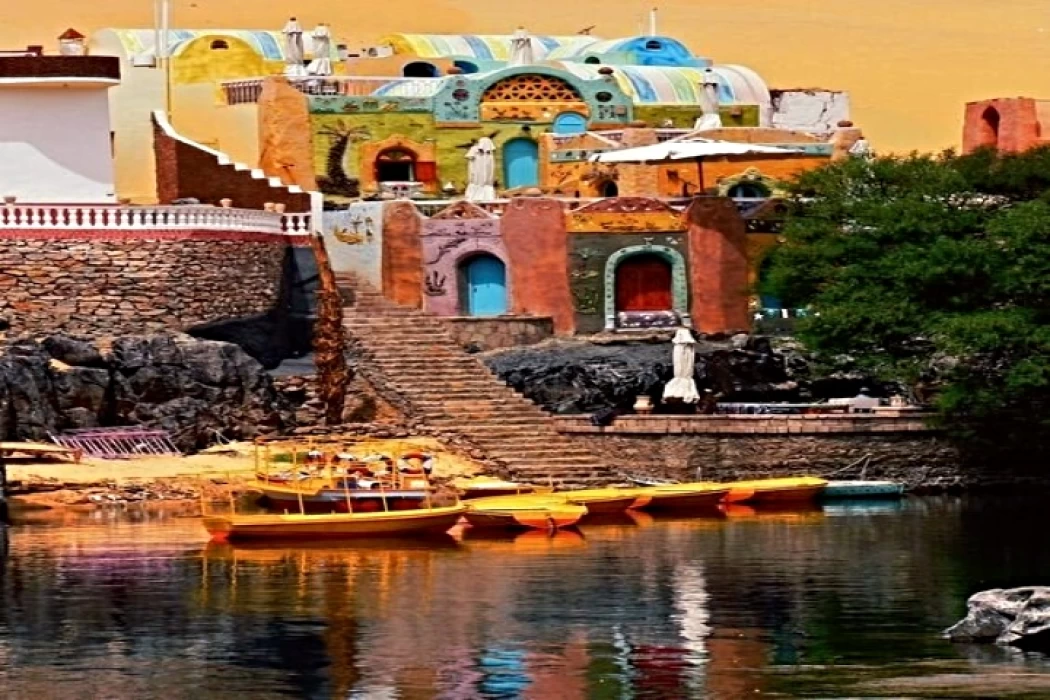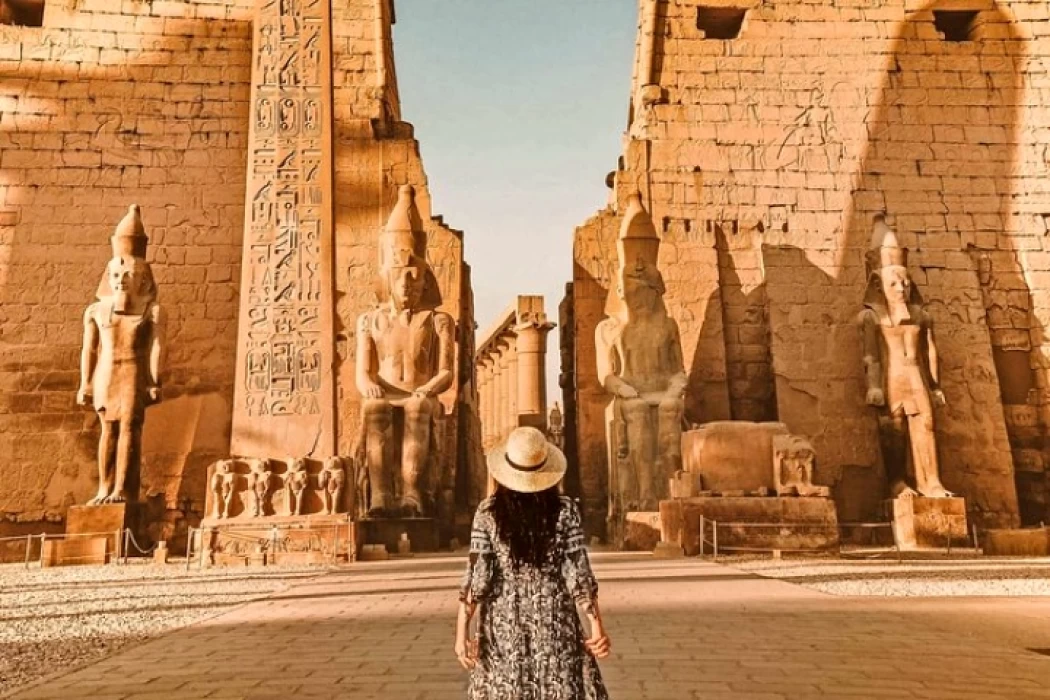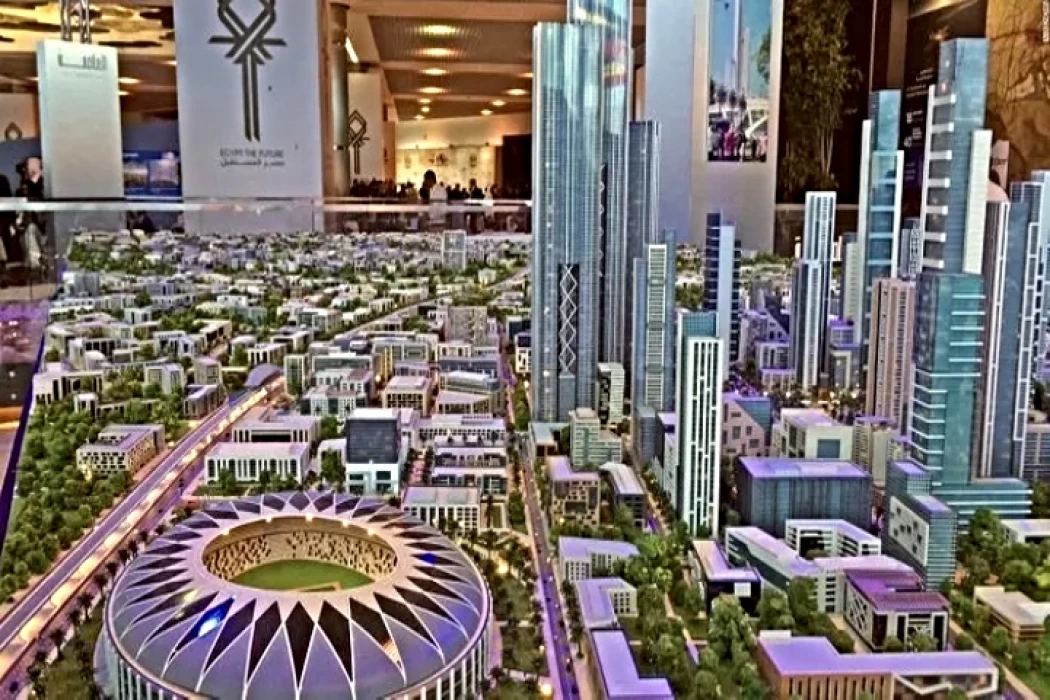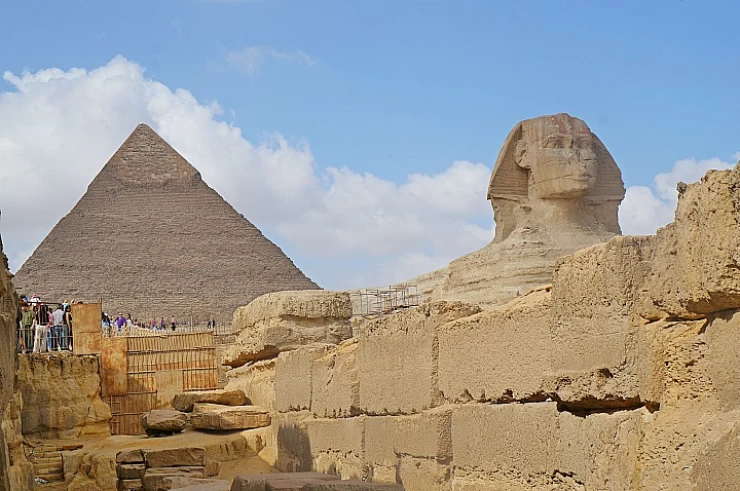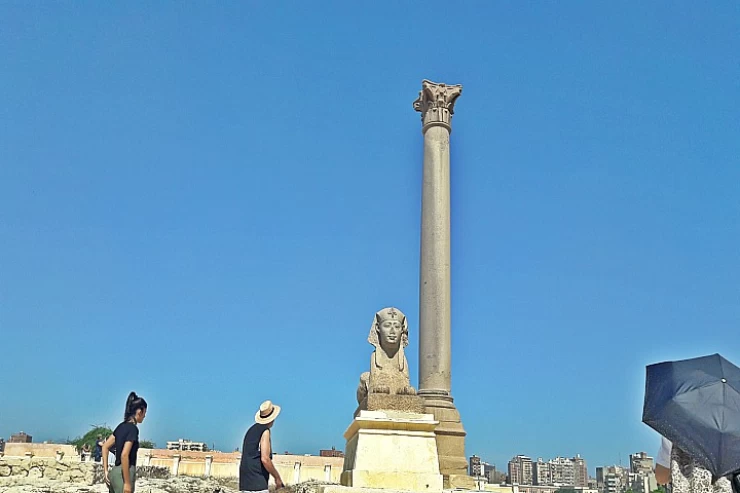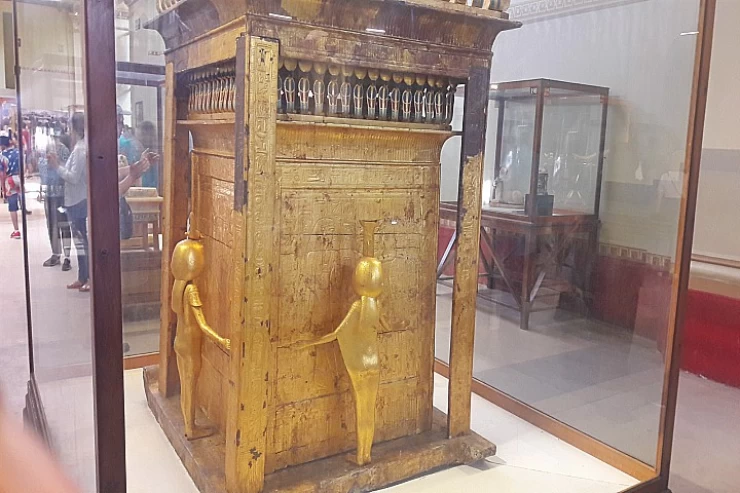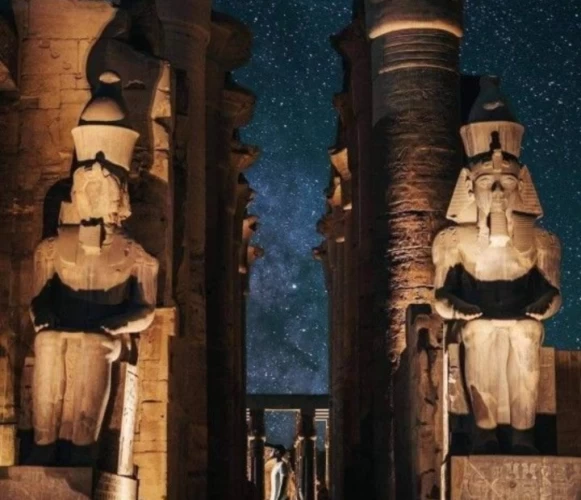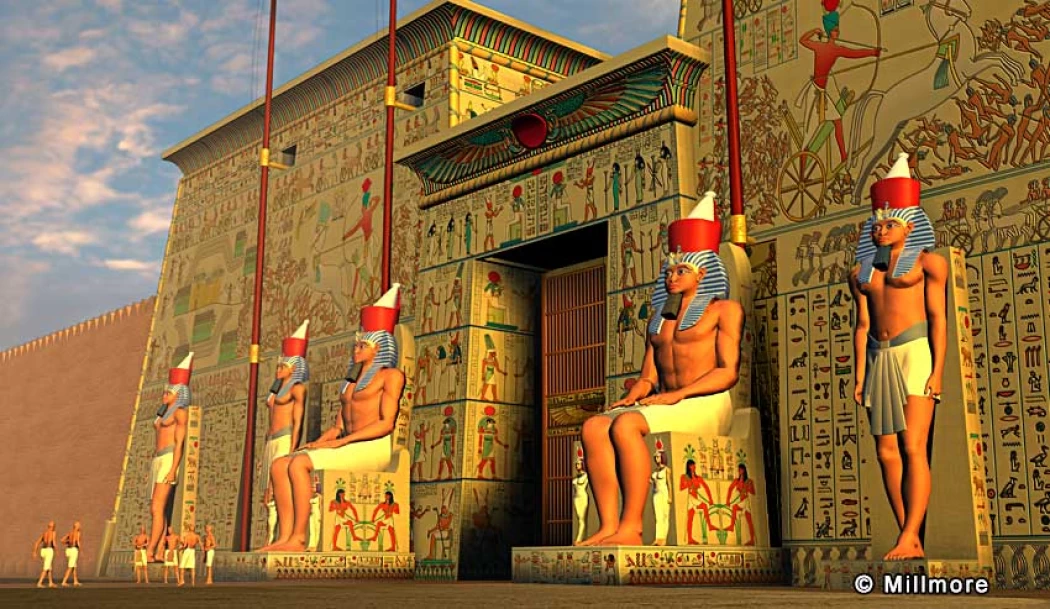
Characteristics of Ancient Egyptian Architecture
Characteristics of Ancient Egyptian Architecture
The characteristics of Pharaonic architecture in ancient Egypt formed the foundations of architecture in the ancient world, and also modern; the Egyptian civilization, which is considered the greatest in the world, came with all forms of progress, and the renaissance that appears in most countries currently since more than 7000 thousand years BC.
Ancient Egyptian architecture was famous for its special style, which was greatly influenced by the geographical nature of the country, the geological nature, and the climate as well, and in addition, the most important factors influencing ancient Egyptian architecture are the religious aspect of the Egyptians since the dawn of history.
The influence of Egyptian architecture on these factors was evident in the walls that were built diagonally inward, just as many of the most important buildings of the pharaohs appeared, such as pyramids and terraces, in addition to the ancient Egyptian use of bulbs, papyrus stems, palm trunks, as well as straw and the formation of strands of it in the walls in what is known as Egyptian botanical architecture.
The most prominent signs of ancient Egyptian architecture are the huge sizes of the various buildings, and the large thickness of the external walls that gradually decrease as we go upwards; the ancient Egyptians were keen to make the surface vertical from the inside, and inclined from the outside; which enhanced the strength of the walls, and led to their stability until now; this is explained by the many earthquakes that occurred in ancient Egypt and their keenness to avoid their damage, according to the opinions of some historians.
As for the temples of the Old Kingdom and the Middle Kingdom, most of them were destroyed and only a few remained, and they were niches in which the deity lived and kept next to him his tools of worship, and all the precious relics and tools he owned.
The most famous temples of the Old Kingdom is the temple of the sun god, which was built by King “Nei Osr Ra” of the Fifth Dynasty in Abu Jarab, near Abusir currently, in addition to the pyramids on the Giza plateau, which showed us how beautiful the temples were in the era of the Old Kingdom, and how their design and shape were.
These temples were characterized by being very close to the pyramids, which were the tombs of the kings of the ancient state, in order to ensure the continuation of offerings in the name of the idol for the dead, and a road called the ascending road was paved with stones, connecting these temples to the pyramid.
Temple architecture in the Middle Kingdom took a “very big” leap of development, just like the rest of the arts in that period, which was characterized by complete stability.
They were also huge and beautiful temples, decorating all the walls with inscriptions and paintings colored in wonderful colors, and our evidence of these great obelisks that were erected in front of these temples, which indicate the extent of their magnificence and size.
The most important characteristic of the Middle Kingdom is the spread of funerary temples, and among the most important of these temples are the temples built by the kings of Amenemhet and Senusret in the Karnak temple in honor of the god Amun, which was the nucleus of the buildings that the kings competed after them in building them in this area.
Latest Articles
Admin
Aswan Governerate in Egypt
Aswan was known as ‘Sonu’ in ancient Egyptian times, meaning market, as it was a trading centre for caravans coming to and from Nubia. In the Ptolemaic era, it was called ‘Sin’ and the Nubians called it ‘Yaba Swan’. It was also known as the Land of Gold because it served as a great treasure or tomb for the kings of Nubia who lived there for thousands of years. Before the migration, Aswan's borders extended from Asna in the east to the border of Sudan in the south, and its inhabitants were Nubians, but after the Islamic conquest of Nubia, some Arab tribes settled there.
Admin
About Luxor Governorate in Egypt
The South Upper Egyptian area is home to the Egyptian governorate of Luxor. Its capital is Luxor, which was formerly Thebes, the capital of Egypt throughout multiple pharaonic eras. Its centers and cities are spread over both sides of the Nile River. The said governorate was established by Presidential Decree No. 378 of 2009, which was promulgated on the 9th of December of that year.
Admin
History of kafr El Sheikh Governorate
Kafr El Sheikh Governorate, located in the far north of Egypt in the Nile Delta, overlooking the Mediterranean Sea, is characterised by the diversity of natural life and environments, and is one of the Egyptian cities that can be visited after the end of the first semester exams at universities and schools, as it features many diverse tourist and recreational places at symbolic prices within everyone's reach.
Admin
Egypt's New Administrative Capital
The New Administrative Capital is considered the project of the era because it reflects a perfect image of the future and progress on the economic, cultural, social and civilisational level, as the capital is considered the new capital of Egypt at the present time. The importance of the New Capital is that it is a comprehensive transformation of the future of buildings, services and national and mega projects in Egypt.
Admin
Al Gharbia Governorate
The Governorate of Gharbia is inclusive in the geographical area of The Arab Republic of Egypt which is in the African continent, more specifically in the region surrounding the Nile delta, between Damietta and Rashid governance. To the control of the region from the north is Kafr El-Sheikh Governorate, from the south Menoufia Governorate, from the east – Dakahlia, Qalyubia Governorates, and to the west is the Beheira Governorate.
Admin
Hamata Islands (Qulaan Archipelago) in Marsa Alam
Each reserve has several sectors. In Wadi El Gemal Reserve, there is one of the natural areas called the Hamata area or Hamata sector in Wadi El Gemal Reserve. Its sectors are the perfect and most ecological, land and water, and host countless animals and plants found in the oceans and on the land.
